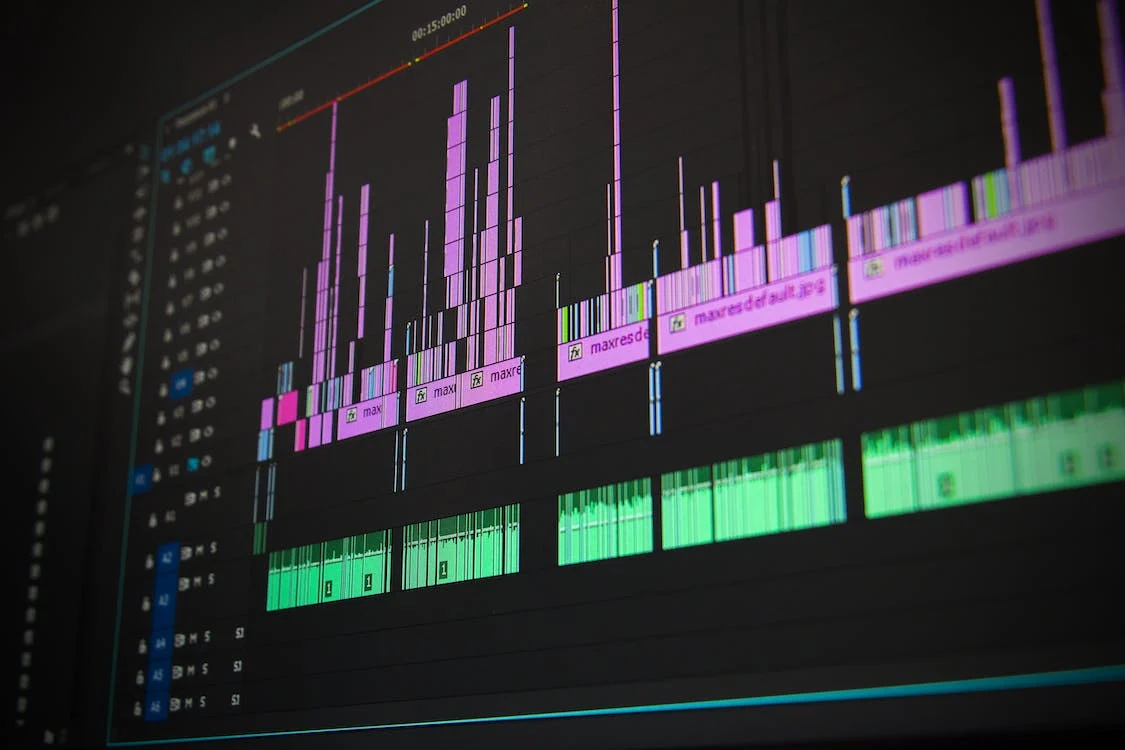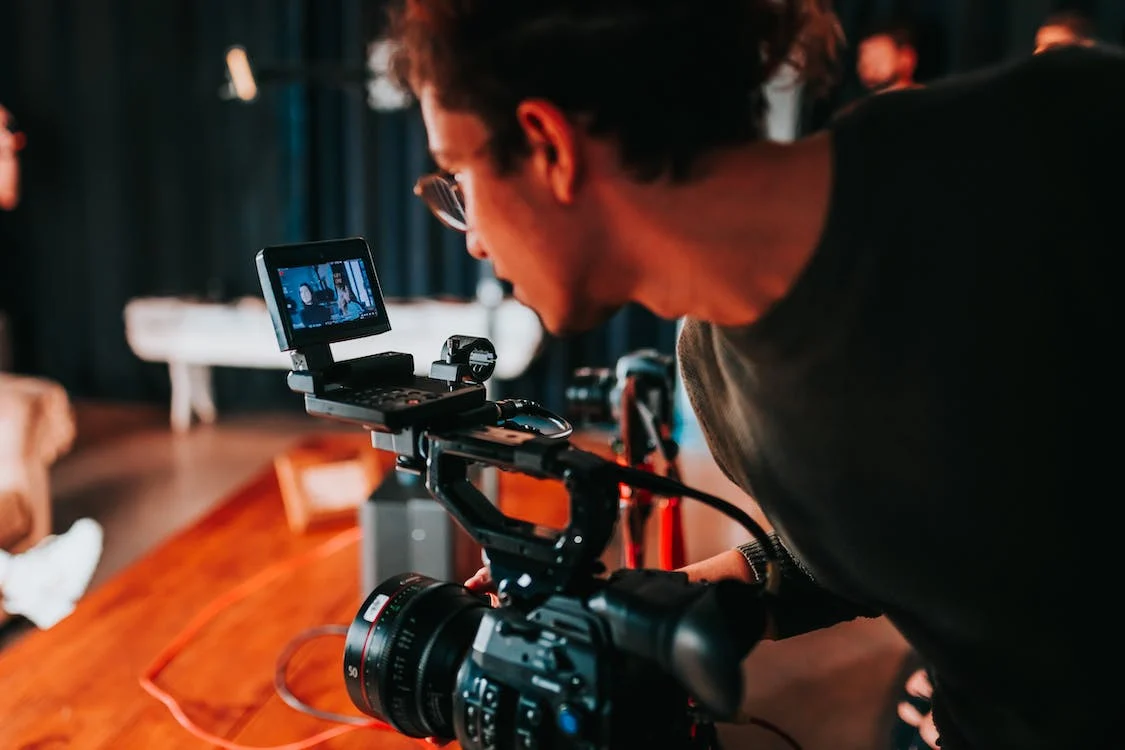Beginners may significantly improve their video editing abilities and workflow with the greatest video editing tips and techniques. Although effective video editing is important, the process may be tiresome and time-consuming. In the beginning, you could also be unsure of how to obtain the edit you desire. The amount of software available and the variety of working methods might first appear daunting. Still, the video editing tips and tricks recommended in this book can help beginning video editors.
The following advice covers a variety of themes, such as choosing the finest video editing software as well as concerns like where to cut sequences and how to make sure the music you chose combines well with the images. These video editing methods may be used on any type of video, making them applicable whether you are working on a movie, a personal vlog, a documentary, or creative shorts. They should also help you improve the quality of your video material.
Get The Right Software
Choosing the appropriate equipment comes first on the list of video editing tips and tricks. It might be difficult to choose from the many editing programs available on the market. There are so many applications available nowadays that comparing them all may be almost difficult. However, it might be a smart decision to make sure you are aware of the industry standards if you are thinking about working in video editing. These include DaVinci Resolve, Apple-only Final Cut Pro, and Adobe Premiere Pro.
These programs, however, have difficult learning curves. If you do not feel ready for that, Adobe and Apple both feature simplified versions of their respective professional tools in Premiere Elements and iMovie. Just keep in mind that these are severely constrained in comparison to full-featured editing tools. Filmora and Pinnacle Studio are only two of the many more solutions available that are suited for beginners. Fortunately, many of these programs enable you to check them out for free so you can decide which is best for you.
Keep It Short
The popularity of TikTok and Instagram Reels has a good reason. Due to people’s hectic schedules and increased access to media information, attention spans have been reduced. The most frequent criticism that amateur and many professional films now face is that they are too lengthy.
That does not mean you should condense your 30-second masterpiece into a 30-second skit, but you can make it better by trimming the fat. It helps to be harsh with your work while editing a video, as it does with any other type of editing. If a phrase or a shot does not offer anything that is not been spoken, try removing it and see if the video flows better without it.
Cut on action
It may occasionally be startling when a scene is cut from one viewpoint to another. This typically happens while utilizing different shots, however, using two cameras simultaneously can also lead to problems. Cutting within the middle of an activity rather than when things are still is a simple video editing trick that can help cuts appear smoother.
Start on a wide shot and cut to a close-up while the subject is sitting, not after they have sat down, for instance, in a scene when a person enters a room and sits down. This seems smoother and helps conceal minor continuity errors since the movement will catch the audience’s eye.
Cut away from speakers
Another essential video editing advice is to know when to clip when someone is speaking. Your video may appear quite static if you focus exclusively on one speaker. It is typically preferable to switch away to different pictures when speech continues to speed up the pace. For instance, while creating a vlog where you speak to the camera, think about including B-roll that exemplifies what you are saying.
In situations involving two or more individuals, it is usually more crucial to pay attention to the one who is not speaking than the one who is. To add an extra aspect, such as heightening tension or humor, consider cutting to Person B at some time while Person A is speaking if they make an intriguing nonverbal response.
Learn to use color
Color grading and color correction are the two color editing techniques used in video editing. Making simple consistency adjustments to your clips is known as color correction. When combined one after the other in an edit, shots from two different cameras or those taken in various lighting situations might seem startlingly different. This can frequently be avoided by altering the brightness, contrast, and white balance.
If you are serious about this, some high-end editing software includes comprehensive grading interfaces, but many also make it simple for newbies to achieve using LUTs, which apply a predefined color style. Color grading, on the other hand, is a global procedure that gives a scene a certain “look.” This has a significant impact on how a video feels. If you give your film a cooler or warmer aesthetic, for instance, think about how the tone of the video will vary.
Cut to music
The following suggestion in this list of video editing advice is related to music, which is essential to practically all video editing. If you edit your video on social media, the correct soundtrack may significantly increase its intensity and frequently improve its results. However, novice editors frequently make the mistake of not synchronizing the editing with the musical rhythm, which leads to abrupt cuts.
Try playing the track and tapping your fingers in time with the music, either on your desk or, if your software offers one, on the keyboard shortcut for adding marks. The best places for the video to cut are where you tap. To assist you in locating the peaks that you should clip on, you may also have a look at the audio waveform.
Balance your audio
Another video editing advice, again including music, is to make sure your audio is balanced. If the volume of your music makes it impossible to understand speech, it is more detrimental than beneficial. Putting together various clips with a speech at distinctly varying volumes is another error that is frequently made. To prevent these imbalances from irritating the viewer and maybe even making your movie unwatchable, you must properly balance your audio.
Turn off all extraneous audio and move the speech snippets in your film closer to one another by increasing the volume as you go. Then, position other audio components around the speech. You may use audio keyframing or ducking in your program to adjust the level of the music so that it is lower when someone is speaking and louder elsewhere.
Check your Rights
Utilizing tracks in video editing without the necessary permissions is another frequent error. Give up on trying to utilize your favorite hit since websites like YouTube and Facebook are stricter about removing videos that contain protected music.
It is not difficult to locate alternative tracks that fit your film because many websites and businesses offer royalty-free music nowadays, some of which are free and some of which are paid. To ensure that you are allowed to use the music in the manner you choose, carefully read the terms. Certain licenses are only valid for certain systems or use cases. Alternatively, if you know any artists, you might be able to work out a deal with them to get permission to utilize their music.
Always put the Story First
Always consider how your choice will affect the plot when choosing what shot to use or where to trim while editing the video. This applies to each decision you make during the editing process. That is true of all videos; even advertisements tell a story in some way.
Be aware that this might not be the greatest strategy if you apply an effect just because it looks flashy or picks clips that look beautiful. In actuality, these decisions frequently serve to detract from the fundamental objective, which is to convey your narrative. Consider what you want the audience to take away from the video, what they should be thinking at each stage, and what pictures and sounds would best support that message.
Back up your work
Finally, this is arguably the most significant suggestion we can provide in our list of video editing advice. If you lose your work, all of your time and effort might be for naught. Numerous editing programs regularly create automated backups, which is helpful, especially if you need to revert to earlier versions. However, this is insufficient. Since your primary project is typically kept on the same disk as these backups, they will not help you if the drive fails.
A backup should ideally be made to two extra places, only one of which should be kept there. At the end of each session, it is advised to transfer your files to both an external hard drive and a cloud server for the most piece of mind. This ensures that your files are safe from the numerous things that could go wrong (hard drives fail for a variety of reasons, and even cloud storage is not completely infallible – and plenty of video editors have had the experience of accidentally deleting their work).
Choose your distribution outlets
To engage even further, you need to find the proper distribution channels and deliver your content to the perfect audience. And in short, this means sending your video to as many places as possible for an effective marketing strategy.
Here are brilliant ideas you can consider for your video content strategy:
- Use your video on your website. Even if you do not have much traffic, this can encourage new visitors to watch your videos and improve your site’s performance.
- Upload your video to Vimeo and YouTube. The obvious places to start.
- Directly post links to your film on social media sites like Facebook, Twitter, Linkedin, Instagram (Instagram reel), Google+, and Pinterest.
- On SlideShare, introduce your video presentations.
- Include a direct link to your video in your emails.
- To expand your audience, use video ads.
Once you have shared films on these well-known platforms, keep continuing and come up with fresh strategies for marketing them. There are probably plenty of options in your niche that may work for your video strategy.
Maximize the Reach and Impact Of Your Videos
Your video content campaign is prepared, and you want to make the most of it. Consider the following while developing your video marketing strategy:
- Engage with your viewers. Try to get feedback from your audience and address any comments that are put beneath the video. You will receive immediate notifications when someone comments on your live video if you host them. It is your responsibility to reassure them that their opinions are valued.
- Pay to promote your videos. The best advertising platforms to reach a sizable, focused audience are Facebook and YouTube. You do not require a significant expenditure to increase awareness and membership numbers. Simply craft an engaging introduction, identify your target market, and adjust your criteria.
- Make it part of your overall marketing campaign. The information you already offer via blog posts, web pages, podcasts, white papers, and all of your other content initiatives may also be presented in the video.
Therefore, design educational content for videos just like you would for these forms.
Analyze Your Video Performance
Without analytics, no internet marketing effort will be effective. If you produce a lot of videos, you should monitor the success of your video marketing initiatives and take active steps to enhance them.
You can monitor video performance, locate your most popular videos, and learn more about views, traffic sources, total watch time, and more with the help of Google Analytics and YouTube Analytics. You may also use the SE Ranking position tracking tool to check your YouTube ranks.
Additionally, depending on the aggregate amount of views, shares, and mentions, you may gauge your overall brand awareness. Having constant, precise means of measurement is the most incredible way to create an effective plan. At first, video editing may seem like a difficult chore, but if you keep these video editing hints and tips in mind, you’ll soon be able to edit videos like an expert. Additionally, you will discover that the process is immensely fulfilling, especially after seeing your completed product.
Conclusion
In conclusion, for those just starting in the field of video editing, the journey may at first seem overwhelming due to the variety of software alternatives and challenging skills to learn. However, beginners may quickly improve their editing abilities and optimize their workflow by adopting the priceless advice provided in this article.





